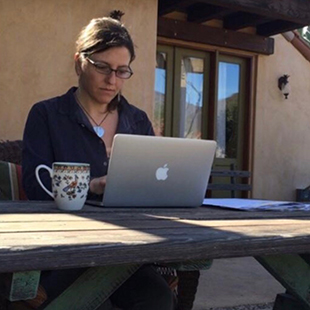Writing Resources
Below you will find various handouts, videos, and interviews in which Rebecca Skloot talks about her writing and researching process, gives tips on science writing, getting published, and more.
The Business of Writing
 Many people contact Rebecca asking for her tips on breaking into writing, so she has put together these handouts with her “Tips on breaking in as a freelance writer”, and her “Tips for Successful Book Reviewing”
Many people contact Rebecca asking for her tips on breaking into writing, so she has put together these handouts with her “Tips on breaking in as a freelance writer”, and her “Tips for Successful Book Reviewing”
People often ask Rebecca about the business of publishing, and author publicity. Before The Immortal Life of Henrietta Lacks was published, Rebecca went through five editors and three publishing houses, fought many battles, and spent years doing publicity for the book before it made its way onto bookstore shelves. You can read a bit about the book’s publishing saga online here. You can read about Rebecca’s work organizing her own book tour here, and you can read about the years she spent working to publicize the book (long before it was published), and her tips for other authors here and here and here and here.
Story Structure
Rebecca wrote The Immortal Life of Henrietta Lacks using a braided story structure that jumps around between multiple time periods and multiple narratives. In the videos and print interviews below, she explains how she worked out the book’s structure with the help of Fried Green Tomatoes at the Whistle Stop Cafe and Hurricane, the film about Hurricane Carter the boxer, and a lot of index cards:
You can read more about Rebecca’s writing process, her expectations for the book, and how she developed the book’s structure (complete with photos of the index-card story board she used to organize the book), in this interview with Nieman Storyboard, from the Nieman Foundation at Harvard and also in The OpenNotebook interview with David Dobbs (which includes photos of her research notes).
Research and Reporting – Trust and Accuracy
Below, Skloot explains how she conducts research and interviews in order to accurately recreate historic scenes with narrative detail
Writing About Science
In the video below, Rebecca explains the process she uses to write about science in a way that’s both accurate, and accessible to a general audience.
Character Development
Below you will find a video in which Rebecca discusses how she uses an index card system to develop characters
